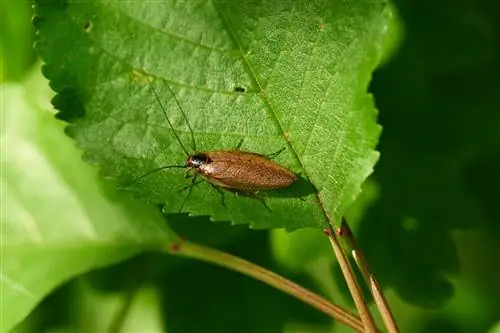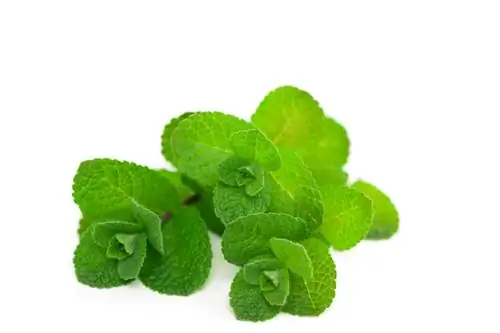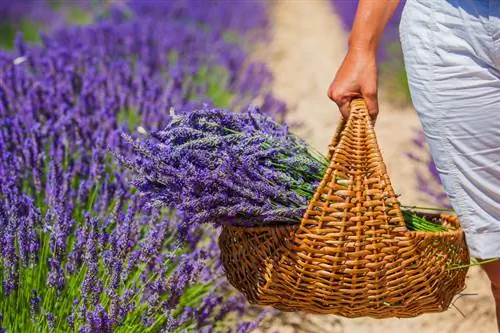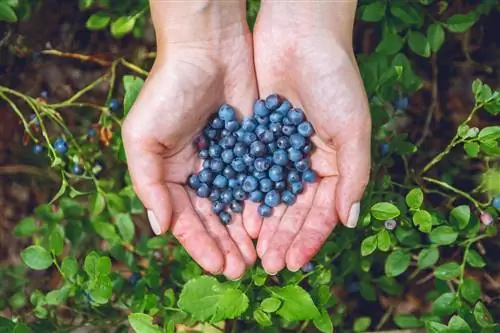- Author admin [email protected].
- Public 2023-12-16 16:46.
- Last modified 2025-01-23 11:19.
Blueberries are cultivated as crops because the berries are a real superfood. On the other hand, honeysuckles are mainly planted as ornamental shrubs, as these berries are not always suitable for consumption.
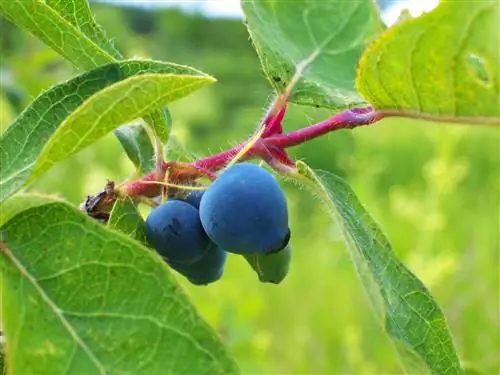
Are honeysuckle fruits edible?
Among the honeysuckles there arepoisonous and non-poisonous species The edible species of honeysuckle include, for example, the Kamchatka honeysuckle, also known as the Siberian blueberry. The fruits can be eaten fresh or made into jam or puree in the kitchen.
Are honeysuckle and blueberry identical plants?
Honeysuckle and blueberries belong todifferent plant families. Therefore they are not identical plants. They aren't even related to each other. A supposed relationship comes about because some species of honeysuckle, such as the blueberry, develop dark blue fruits.
Is honeysuckle poisonous?
Some honeysuckles (bot. Lonicera) are for humans and animalsslightly poisonous Since the poison content in the berries is particularly high, you should avoid eating the berries of these species. The non-toxic honeysuckle species includes the Kamchatka honeysuckle (bot. Lonicera kamtschatica), which is often sold commercially under the name Siberian blueberry.
How can I use Siberian blueberries in the kitchen?
The fruits of the hardy Siberian blueberry can beconsumed fresh or processed. Similar to blueberries, you can use honeyberries
- Compote
- Juice
- Jam or
- Mus
make.
Tip
Evergreen honeysuckle is poisonous
The evergreen honeysuckle (Lonicera acuminata) is a climbing plant whose red or blue-black berries ripen between October and November. The fruits are poisonous to humans and many domestic animals. The berries are non-toxic to birds because they excrete the seeds undigested. However, this leads to an undesirable spread of the plant, which is considered an invasive neophyte.


